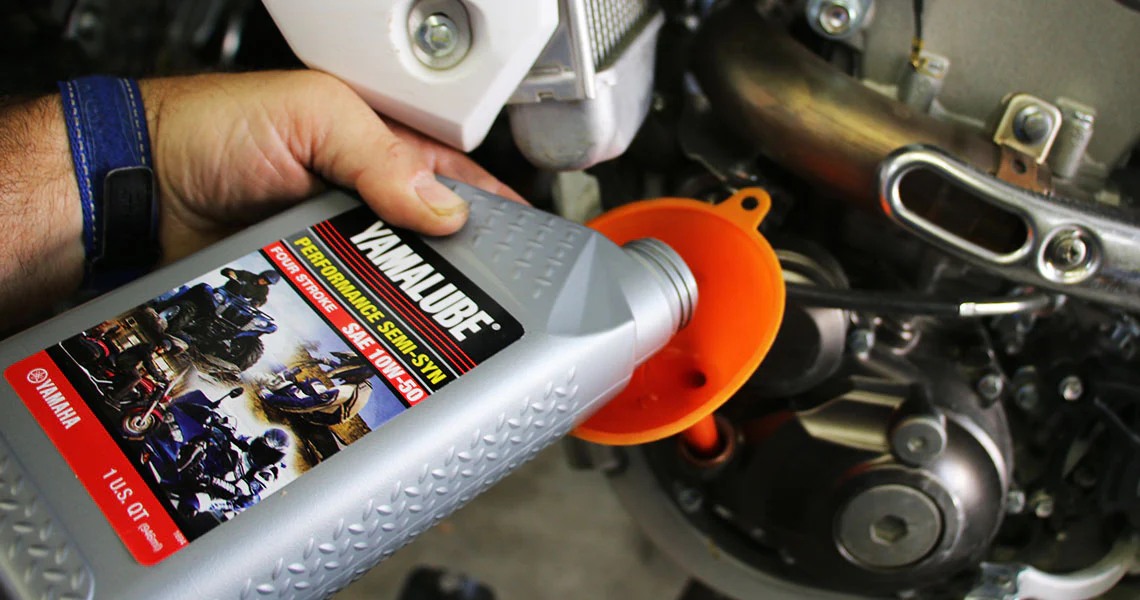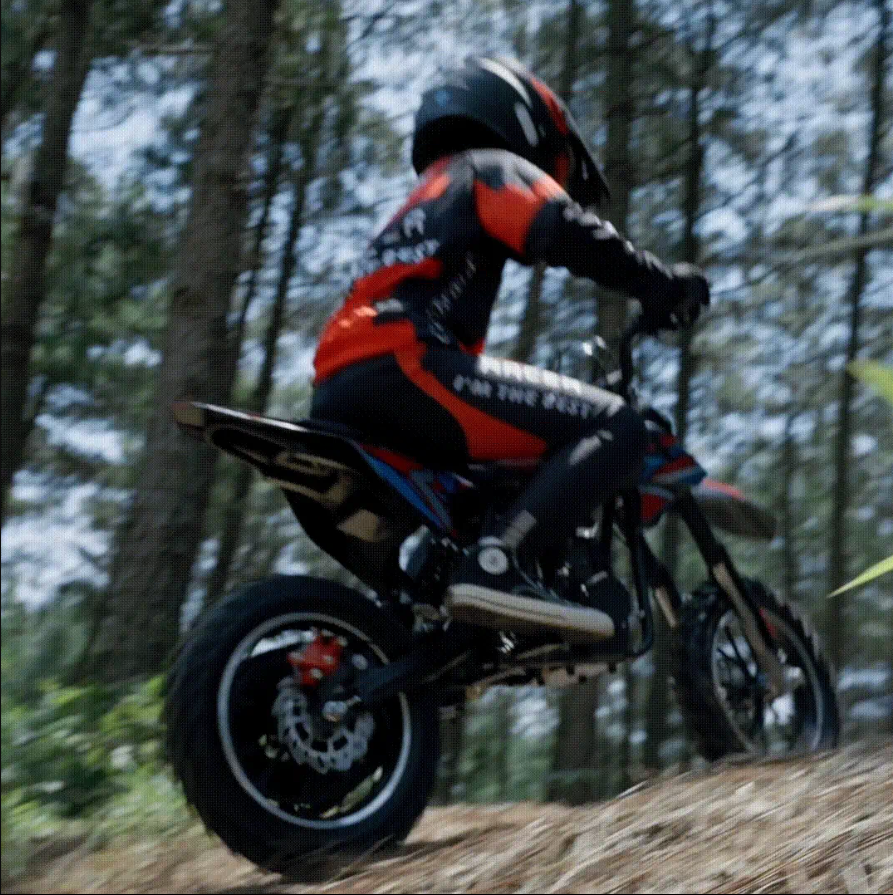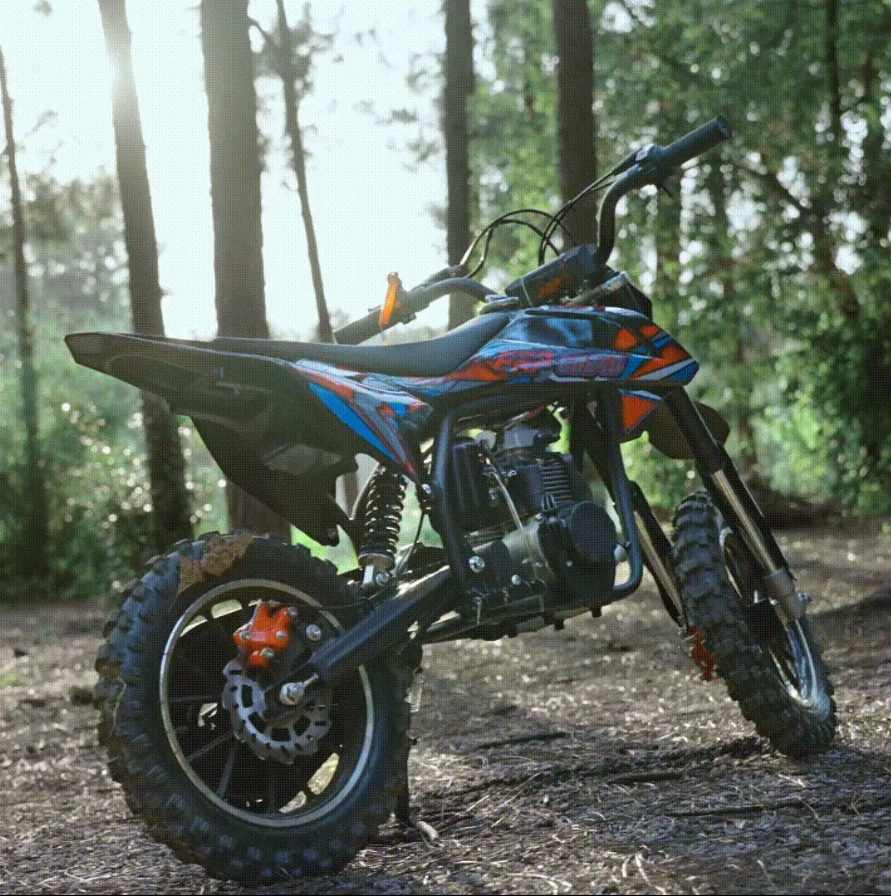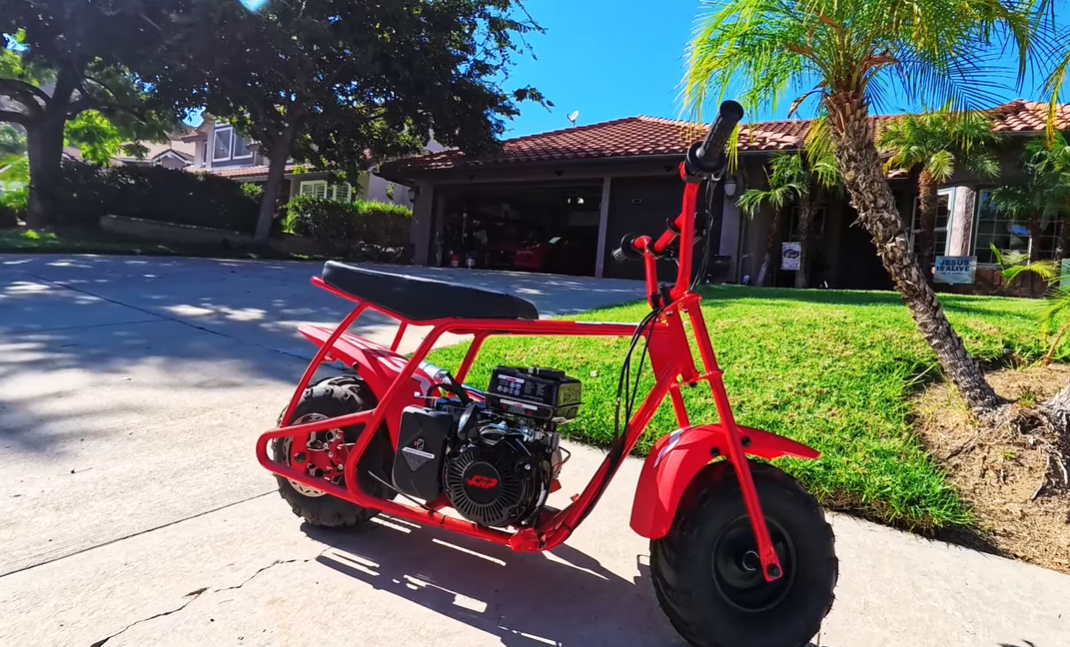Oil might seem like a small detail, but it greatly affects how your mini bike performs. Whether you own a mini bike gas powered model or a gas mini bike designed for racing or off-roading, the oil you pour in is as important as the fuel you use.
Many new riders believe that all oils are the same. This idea leads to poor mini bike maintenance, engine wear, and total breakdowns. The truth is—using the right oil means smoother starts, longer engine life, and better performance on every ride.
Your mini bike’s engine works hard. It gets hot fast, especially during long rides or high speeds. The oil inside cools it down, reduces friction, and keeps parts from wearing out too quickly.
Choosing the wrong oil? That can cause damage. Picking the right oil? That’s a smart investment.
In this expert guide, we’ll walk you through everything you need to know about oil types, how to choose them, and how they affect your gas mini bike. You’ll feel confident handling your mini bike maintenance like a pro by the end.

Understanding Oil Specifications
SAE Viscosity Ratings – What the Numbers Really Mean
You’ve seen oil labeled “10W-30” or “15W-40.” These aren’t random codes—they tell you how the oil behaves at different temperatures.
Let’s break it down:
● First number before the W ("Winter"): This shows how well the oil flows when it's cold. The lower the number, the better the oil flows in cold weather. That means the engine gets protected quicker during cold starts.
● Second number after the W: This represents the oil’s thickness (viscosity) at high temperatures, like when your engine is fully running. Thicker oil can handle more heat and provides better protection under stress.
Here’s a quick look at temperature performance:
|
Cold Rating |
Lowest Temp It Handles |
|
0W |
-35°C |
|
5W |
-30°C |
|
10W |
-25°C |
|
15W |
-20°C |
|
20W |
-15°C |
And high-temp viscosity:
|
Hot Rating |
Best For |
|
20 |
Light duty, small engines |
|
30 |
Standard mini bike usage |
|
40 |
High-performance or hotter running engines |
|
50 |
Racing and extreme loads |
|
60 |
Rare, for specialty high-heat engines |
If you're riding a gas mini bike in a warm area, a 10W-30 or 15W-40 will likely suit your needs. But stick with 5W-30 or even 0W-30 for colder climates for faster flow.
API Ratings – The Quality Check
Oil quality also matters. That’s where API (American Petroleum Institute) ratings come in.
● Gas engine oils start with S. The further down the alphabet, the better.
○ SN: The newest and best.
○ SM: Very good.
○ SL: Good enough for older mini bikes.
● Diesel oils start with C (for example, CF or CG). Most mini bikes won’t use these unless specified.
Oil Selection for Mini Bikes
Not all oils work the same way in all mini bikes. Your choice should match your riding conditions and the engine’s design.
Recommended Oil Types
SAE 30 – The Classic Option
● This is a single-grade oil.
● It works well if you live in a place with stable weather.
● It’s ideal for older or simpler mini bike gas powered models.
● SAE 30 is affordable and offers reliable performance for bikes that don’t face harsh conditions.
SAE 10W-30 – The All-Rounder
● This is a multi-grade oil, meaning it works in both cold and warm climates.
● It’s great for everyday riders.
● 10W gives you decent cold weather flow, while 30 provides strong protection during hot rides.
● If you want to do serious mini bike maintenance, this oil is often the top pick.
SAE 5W-30 – Premium and Cold-Proof
● Ideal for very cold climates.
● Starts fast and reaches engine parts quickly, even on freezing mornings.
● Offers high-temp safety too.
● Perfect for anyone using their mini bike year-round, especially in snowy areas.
Choosing Based on Your Use
Think about how, when, and where you ride:
● Engine type: Check your manual. Some mini bikes need thinner oil, some need thick.
● Climate: Cold = lower first number. Hot = higher second number.
● Riding style: Do you race or cruise? Harder riding needs better protection.
● Routine maintenance: Can you change oil regularly? Choose oil that matches your schedule.
Oil Change Impact Analysis
Changing oil isn’t just a chore—it’s a performance booster.
What Happens When You Change Oil
● Cold starts get easier: Fresh oil flows better and protects faster.
● Hot rides are safer: Old oil breaks down and can’t protect as well.
● Better fuel economy: Fresh oil reduces drag. That means more miles per tank.
● Longer engine life: Clean oil = less friction = less wear.
How Viscosity Affects Performance
Thin Oils (Like 5W-30)
● Flow quickly in cold.
● Save a little fuel.
● Great for quick starts.
● Ideal for newer mini bikes or gas mini bike models with tight engines.
Thick Oils (Like 15W-40)
● Don’t break down under heat.
● Better for worn-out or high-heat engines.
● Stay stable during long rides.
● Can slightly reduce fuel economy.
Choosing the right viscosity for your mini bike maintenance plan is the best way to prevent breakdowns and stay safe.

Maintenance Best Practices
Oil care is one of the easiest and most effective things you can do.
How to Change the Oil
1. Warm the engine: Helps the oil drain faster.
2. Turn off and let cool slightly.
3. Remove drain plug: Let all oil flow out.
4. Replace oil filter: Always change the filter too.
5. Refill with fresh oil: Use a funnel for no mess.
6. Run engine for a minute: Then recheck oil level.
Regular Checks Matter
● Look at the dipstick weekly: Low oil = big problems.
● Check the color: Black, sludgy oil? Time for a change.
● Watch for leaks: Puddles or drips mean there’s a problem.
● Listen to your engine: New rattles can mean bad oil.
Storing Your Bike
If you’re not riding your mini bike for a while:
● Drain old oil and refill before storage.
● Or add oil stabilizer.
● Start the bike every few weeks, or at least turn it over.
● Before riding again, check and replace oil if needed.
Common Issues and Solutions
Oil Problems That Happen Often
● Oil burns fast: Might be too thin or there’s a leak.
● Looks milky: Water may have gotten in. Drain and replace.
● Smells bad: Burnt oil is a warning sign.
● Mixing oils? Not all types play well together. Stick with one brand and type if you can.
Getting Better Performance
● Keep oil clean and fresh.
● Don’t skip your mini bike maintenance schedule.
● Watch the engine temp and oil pressure.
● Clean parts help the oil do its job better.
Troubleshooting Guide
|
Problem |
What It Might Be |
What to Do |
|
Bike runs rough |
Dirty or wrong oil |
Change to correct oil |
|
Engine gets hot |
Old or low oil |
Refill or replace it |
|
Oil leaks |
Gasket or seal issue |
Check parts, replace seal |
|
Oil vanishes fast |
Worn piston rings or valve seals |
Visit a mechanic |
Don’t ignore strange sounds or smells. A quick oil check now can save your engine later.
Conclusion
Oil is more than just engine juice. It’s the life of your mini bike. Whether you own a classic mini bike or a modern gas mini bike model, picking the right oil makes all the difference.
Use SAE 10W-30 or 5W-30 for best results in most climates. Stick with SAE 30 for older bikes or warm areas.
Stay on top of mini bike maintenance. Check the oil. Change it on time. Listen to your bike. It will tell you when it needs help.
By making smart oil choices today, you’ll enjoy smoother rides tomorrow—and for many years.









